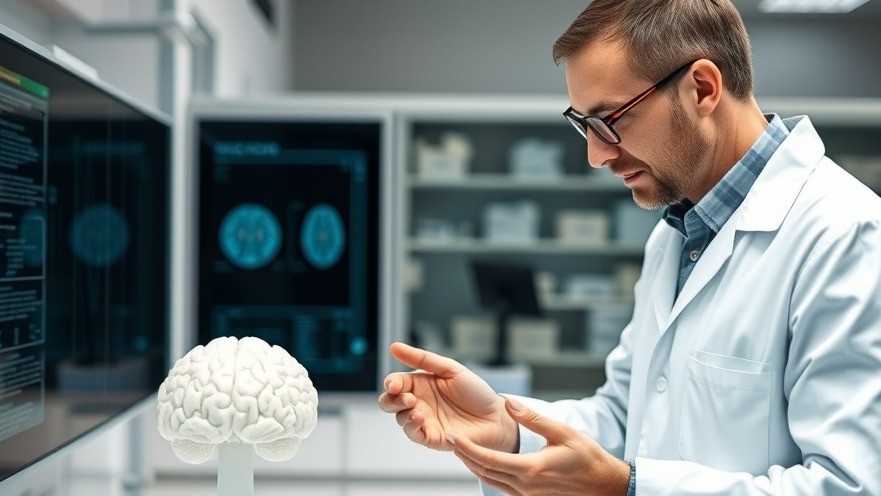
Revolutionizing Neurological Research with 3D Brain Models
A groundbreaking study from POSTECH has introduced a three-dimensional (3D) brain model that closely mirrors human brain structure and functionality. This innovative approach provides unprecedented insight into neurodegenerative disorders such as Alzheimer’s and Parkinson’s, conditions that pose significant challenges for researchers and clinicians alike. The research paper has been published in the International Journal of Extreme Manufacturing, emphasizing the potential of 3D bioprinting technology to advance our understanding of complex neurological conditions.
Understanding the Complexity of the Human Brain
The brain is undoubtedly the most intricate organ in the human body, composed of a vast network of interconnections and signaling pathways. Traditional methods for studying the brain—including two-dimensional cell cultures and stem cell-derived organoids—fall short of capturing its complexity. To tackle these limitations, the research team, which includes notable figures such as Professor Dong-Woo Cho and Professor Jinah Jang, developed the Bioengineered Neural Network (BENN), a revolutionary model built layer by layer mimicking the brain’s architecture.
Key Innovations of the BENN Model
The BENN model features a unique biomimetic compartmentalization divided into gray and white matter, crucial for simulating the brain’s processes. Gray matter, rich in neuronal cell bodies, is paired with white matter, which contains aligned axons that facilitate cognitive communication. The research team enhanced this model by applying electrical stimuli to encourage organized axonal growth, ultimately establishing a functional neural network that can replicate the brain's native signal transmission.
Exploring Alcohol’s Effects on Neurodegeneration
The researchers utilized the BENN model to explore the impact of ethanol exposure on brain function—an increasingly relevant topic given the rise in alcohol consumption rates. By treating the model with a concentration of 0.03% ethanol, representative of moderate social drinking, over a three-week period, they observed concerning increases in proteins associated with Alzheimer’s disease, such as amyloid-beta and tau, within the gray matter. These findings underscore the model's potential applications in neurotoxicology and neurodegenerative research.
Patient Implications and Future Directions
For concierge health practitioners, understanding the implications of this profound research is vital. Advances in mimicking human brain functionality could lead to earlier diagnoses and preventive strategies in neurodegenerative diseases. Familiarity with models like BENN may enhance patient management strategies, ensuring practitioners are equipped with the latest technological insights.
Anticipating Future Innovations in Neurological Modeling
As researchers continue to refine the capabilities of the BENN model, the potential applications for drug testing and disease modeling are vast. The ability to conduct in vitro studies with replicable brain responses brings researchers one step closer to discovering effective treatments for conditions that have long been deemed difficult to tackle.
Take Action: Embracing Technological Advances
As the landscape of neurological research evolves, it is crucial for healthcare providers to stay informed about innovations in technology that could impact patient outcomes. By integrating knowledge of 3D-printed brain models into practice, practitioners can enhance their understanding of neurodegenerative diseases and tailor proactive care strategies for their patients. The future of medicine is here, and it invites collaboration among medical practitioners, researchers, and technologists to unlock new solutions for complex health challenges.
 Add Row
Add Row  Add
Add 




Write A Comment